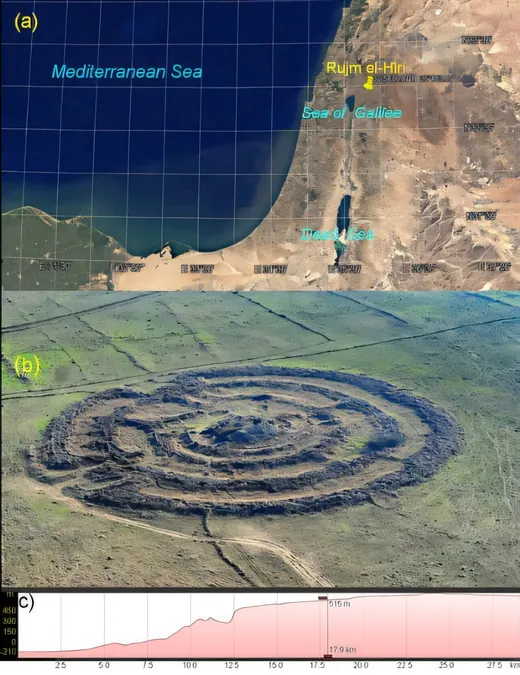
Shocking New Study Disproves Rujm el-Hiri's Role as an Ancient Observatory!
2024-12-30
Author: Sarah
Groundbreaking Study Challenges Long-held Beliefs
A groundbreaking study conducted by experts from Tel Aviv University and Ben-Gurion University of the Negev has cast doubt on the long-held belief that the famed Rujm el-Hiri site, often referred to as the 'Wheel of Ghosts,' served as an ancient astronomical observatory. Located in the breathtaking Golan Heights, Rujm el-Hiri has intrigued researchers for decades due to its unique geometric structure. However, recent geomagnetic analysis and tectonic reconstruction reveal some eye-opening findings!
Geodynamic Changes Over Millions of Years
Over the past 150 million years, the region has experienced significant geodynamic changes, driven by an average movement of 8-15 mm per year, causing the ground to shift, rotate, and realign over millennia. This revelation challenges the previous assertions that the structure was strategically oriented for celestial observations. As it turns out, the current alignment of the walls and entrances of Rujm el-Hiri fails to align with the astronomical events it was once believed to track!
Leading Researchers and Their Findings
Led by the brilliant Dr. Olga Khabarova and Prof. Lev Eppelbaum from Tel Aviv University, alongside Dr. Michal Birkenfeld from Ben-Gurion University, the team published their findings in the prestigious journal Remote Sensing. Drawing on advanced geophysical methods and remote sensing technology, they demonstrated that the orientation of Rujm el-Hiri has been dramatically altered over thousands of years, sparking new debates about its historical use.
New Discoveries About the Landscape and Structures
In addition to its impact on observatory theories, the study also provided the first comprehensive mapping of Rujm el-Hiri's surrounding archaeological landscape. Researchers identified striking landscape features, such as circular structures ranging from 40 to 90 meters in diameter, thick stone walls, and round enclosures roughly 20 meters across. These structures are now believed to have served agricultural or herding purposes, far removed from the idea of an astronomical site.
Insights into Ancient Life in the Region
Furthermore, the team documented dozens of burial mounds (tumuli) in the vicinity, which probably served multiple functions including storage, shelters, and residential use, alongside their conventional roles as burial sites. This robust investigation opens new avenues for understanding ancient life in the Golan Heights, as well as the interconnectedness of archaeological findings across the region.
Reexamining Historical Narratives
By reexamining the original purpose of Rujm el-Hiri, this study adds depth to our grasp of ancient civilizations and their activities. The findings pose an exciting challenge to established historical narratives and invite further research into the multiplicity of roles that this enigmatic site may have played in the lives of those who once inhabited the area. What else might we uncover about our ancestors' intricate relationship with the landscape? Stay tuned as this story continues to unfold!


 Brasil (PT)
Brasil (PT)
 Canada (EN)
Canada (EN)
 Chile (ES)
Chile (ES)
 Česko (CS)
Česko (CS)
 대한민국 (KO)
대한민국 (KO)
 España (ES)
España (ES)
 France (FR)
France (FR)
 Hong Kong (EN)
Hong Kong (EN)
 Italia (IT)
Italia (IT)
 日本 (JA)
日本 (JA)
 Magyarország (HU)
Magyarország (HU)
 Norge (NO)
Norge (NO)
 Polska (PL)
Polska (PL)
 Schweiz (DE)
Schweiz (DE)
 Singapore (EN)
Singapore (EN)
 Sverige (SV)
Sverige (SV)
 Suomi (FI)
Suomi (FI)
 Türkiye (TR)
Türkiye (TR)
 الإمارات العربية المتحدة (AR)
الإمارات العربية المتحدة (AR)